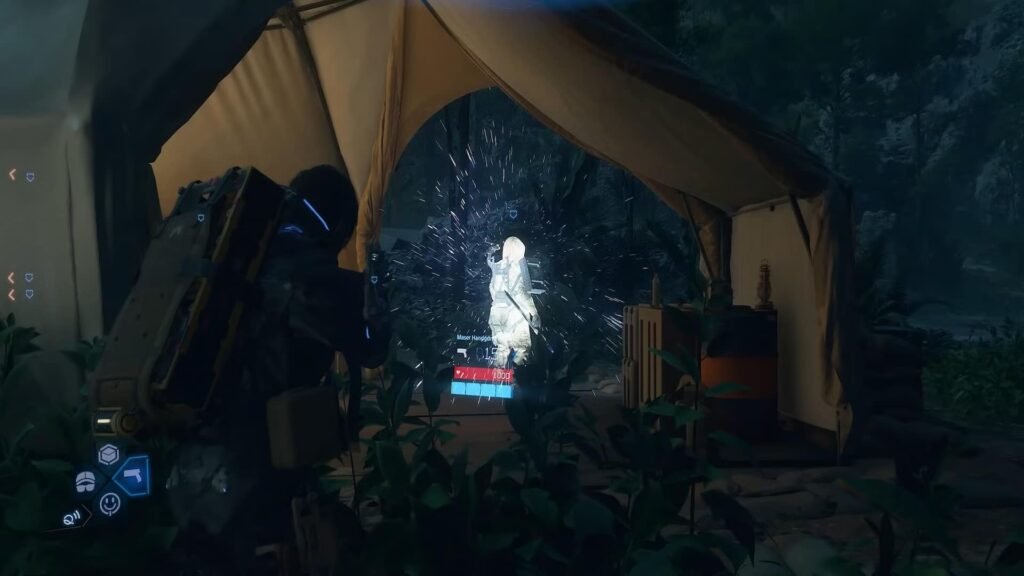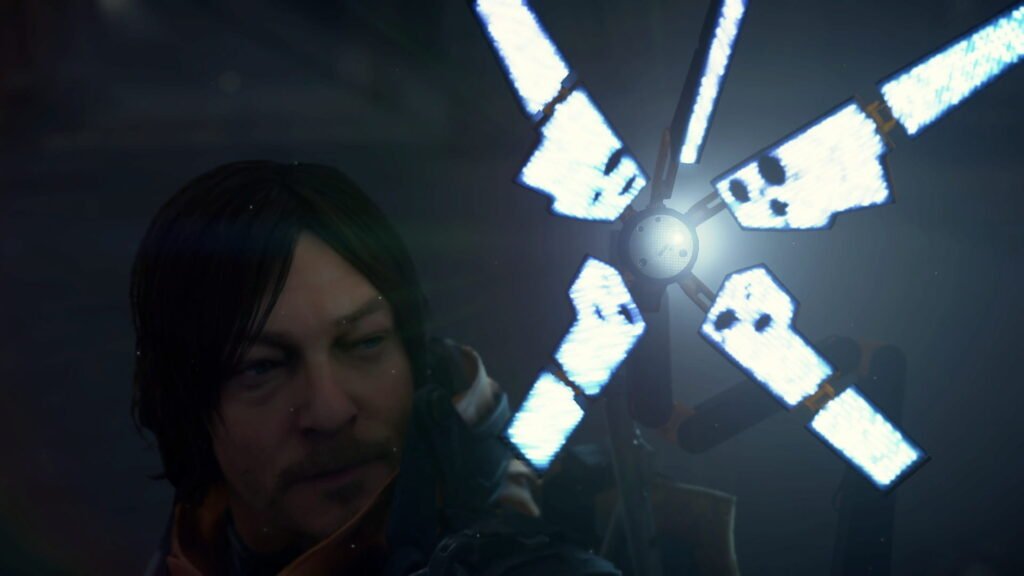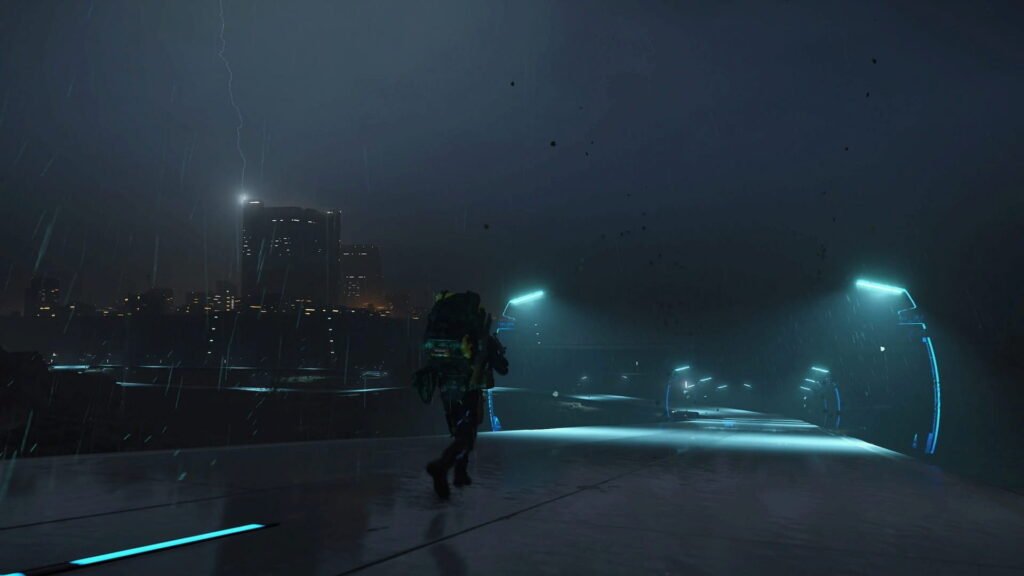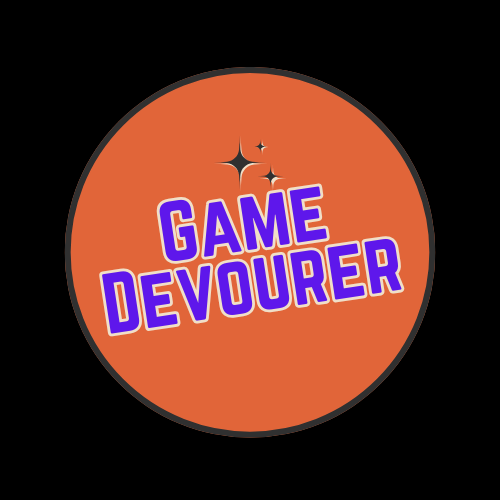Death Stranding 2: On the Beach has a major new feature added to it. Its predecessor, Death Stranding, had constant daylight, whereas Death Stranding 2 got both daylight and nighttime. This greatly influences how you play the game. It’s not just a gimmick but a total feature that will help to help you learn how stealth traversal is necessary for survival.
How Night Changes Gameplay in Death Stranding 2
At night, things are different in the world. It incorporates darkness in its equipment with its stealth capabilities because it helps the players to navigate their way around danger like the BTs and the attacking groups, with reduced risks of being spied. Kojima included the day-night system to increase tensions and realistic situations by forcing the players to adjust their strategies to time and visibility.

Travelling at night provides the advantage of stealth as the visibility of your enemies is greatly reduced. This helps you to steer clear of any fights or lay traps for later. However, such a great feature comes with a cost, and that is, the terrain becomes much harder to navigate due to, again, visibility.
At night, obstacles such as rivers, cliffs, and roughlands that become harder to notice as the chances of an accident happening increase. Even Kojima himself admitted that earlier versions of the game made the night such dark that the balance had to be adjusted. Still, the players have to consider the advantages of being stealthy and run the risk of becoming visible.

Tools and Balancing Stealth vs. Visibility at Night
Although you can hide behind the darkness, but you need certain tools that can reveal your surroundings when required. For example, the Odradek scanner lights up when powered, and this can easily spot you out in case there are enemies nearby. This forces players to think carefully over their choice: to go with the light with a risk of being found, or go in the dark and do everything possible to avoid being discovered.

Tools such as Hologram decoys, smoke bombs, and other similar distraction-based equipment provide players with additional choices to move through enemy lands undetected, and they also guide the players in a safer way. The proficiency system, a recently added feature, helps the players when going through a low-visibility area.
The landscape reacts differently with a variation in time. It also happens that during nights, sandstorms, rains, or fogs, it’s even more dangerous. Skilled gamers can install mobile lamps or build walls of PCCs, illuminating great routes. Still, after all this, light is a two-barrelled gun that helps one see but is hazardous to remain hidden.

You can sleep in private quarters to advance time. To rest until daylight or to travel under the light of the moon is totally your plan. Travelling during the night makes you evade dangers more readily, but you have to move through the harsh environments that directly challenge your ability to navigate. When a wolf howls or when a rooster crows, it usually indicates a shift of time.
Tips you should consider before you Rest in Death Stranding 2
- Trigger a Timefall storm near a MULE camp at night, then slip through while they take cover.
- Chain together no-light routes using minimal sensor use, relying on topography knowledge and instincts.
- Use night-triggered enemy behaviors (like lower BT density in clear moonlight) to plan safer long hauls.
- Use terrain memory: After repeated runs on a route, memorize terrain hazards. Return at night using minimal light tools to remain undetected.
- Layered stealth: Combine crouched movement, slow-walking posture, and scent-masking sprays to become practically invisible, even in moonlight.
- Build strategic light fences: Place PCC-generated walls not to block enemies but to create defined zones where your floodlights illuminate paths without spilling light onto enemy paths.
- Time your rest wisely: Sleep not just to recover but to sync your movement with the ideal time of day for the terrain ahead. For example, cross BT-infested highlands at dawn but save lowland stealth routes for midnight.
In Death Stranding 2, light equals safety in traveling but greater detection, whereas darkness provides stealth but adds environmental hazards. Discovering when to adopt darkness and when to employ light isn’t merely useful, but it’s the key to survival. Each choice is influenced by the changing sky, so time becomes your best friend or your worst enemy.

